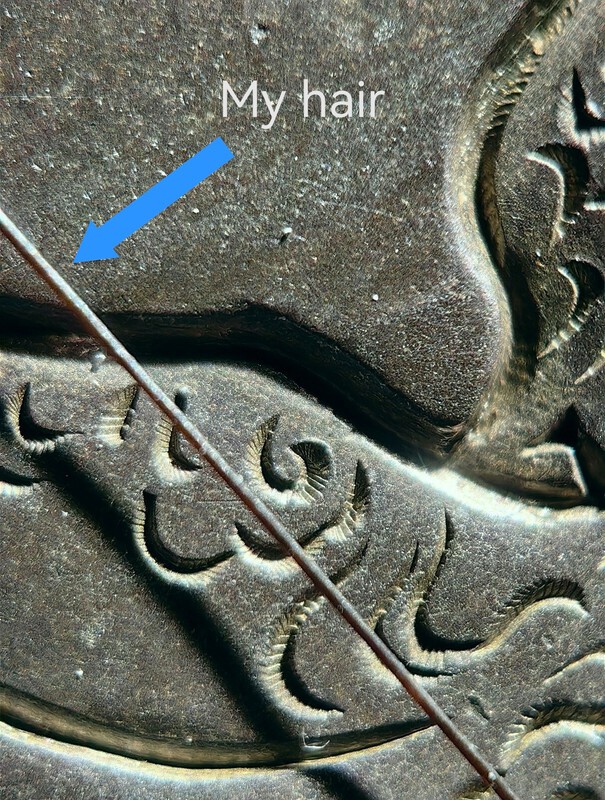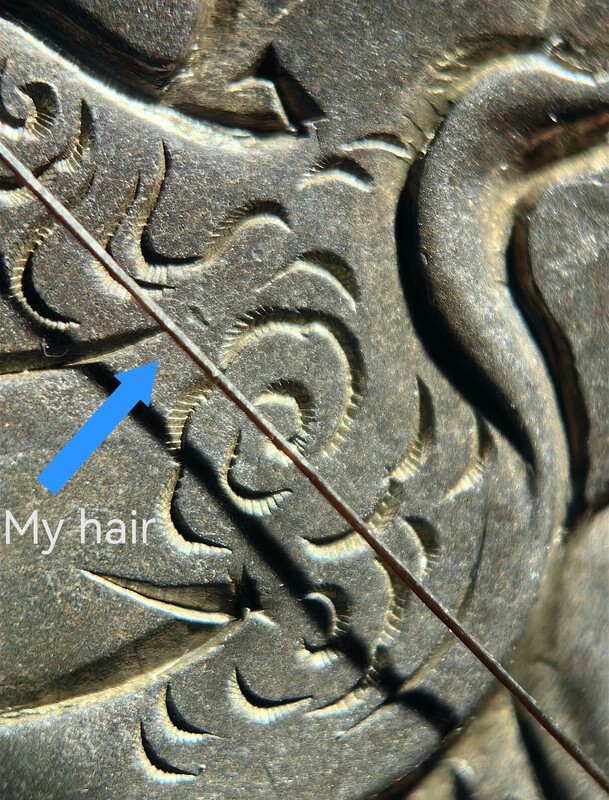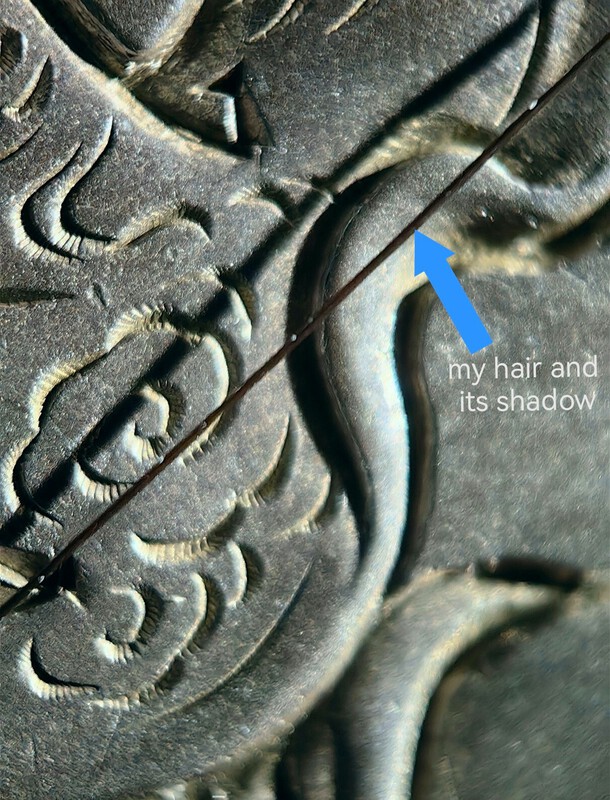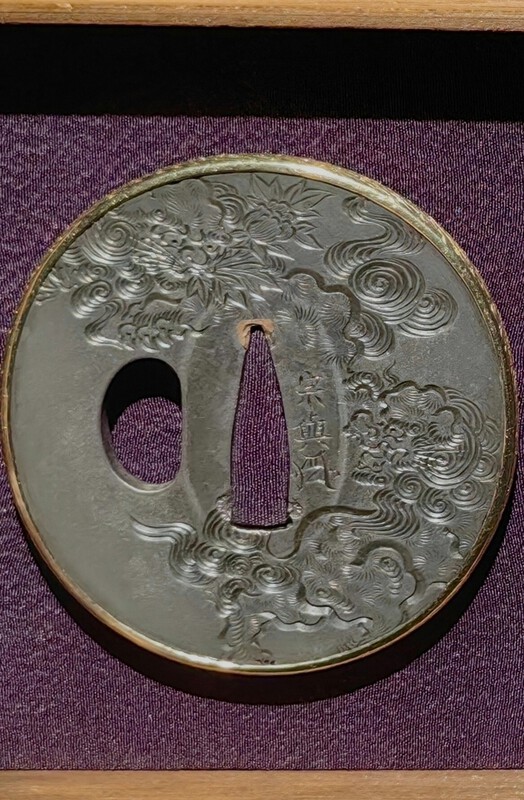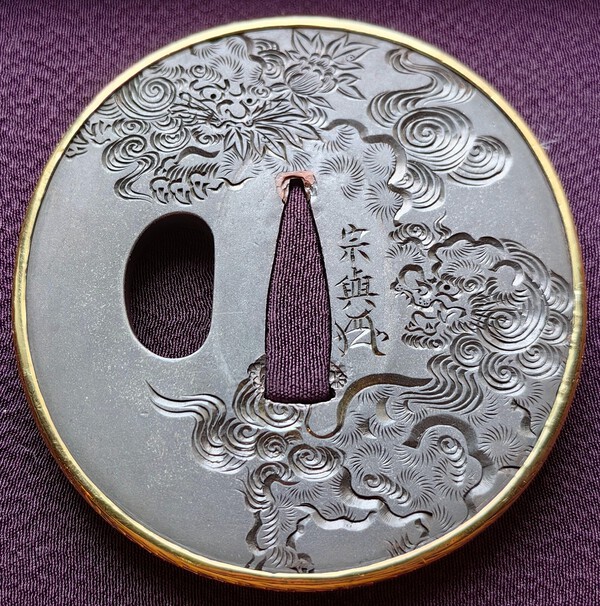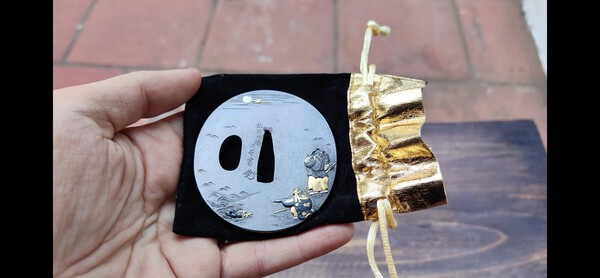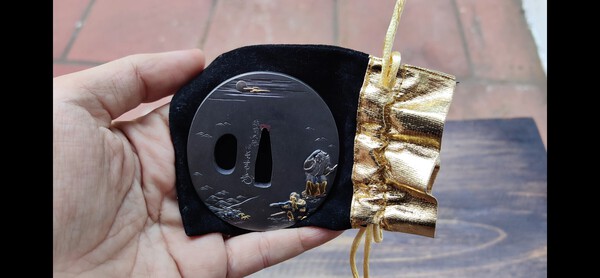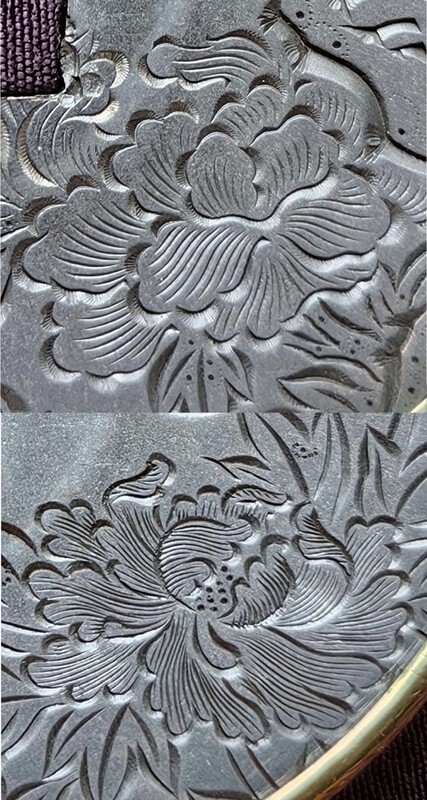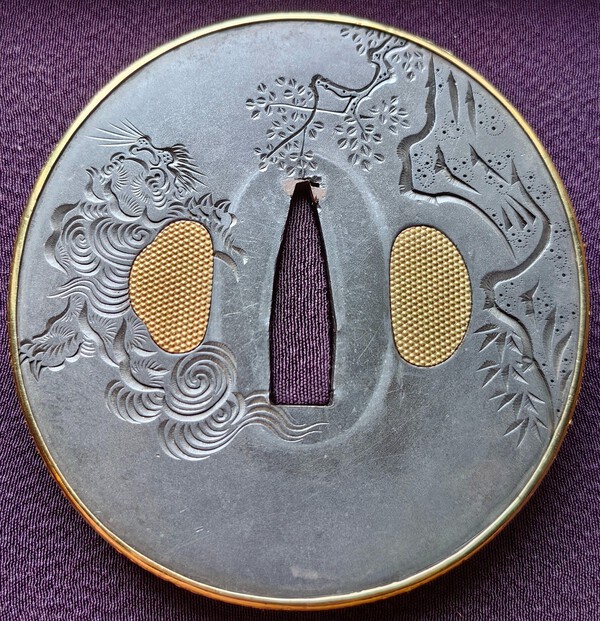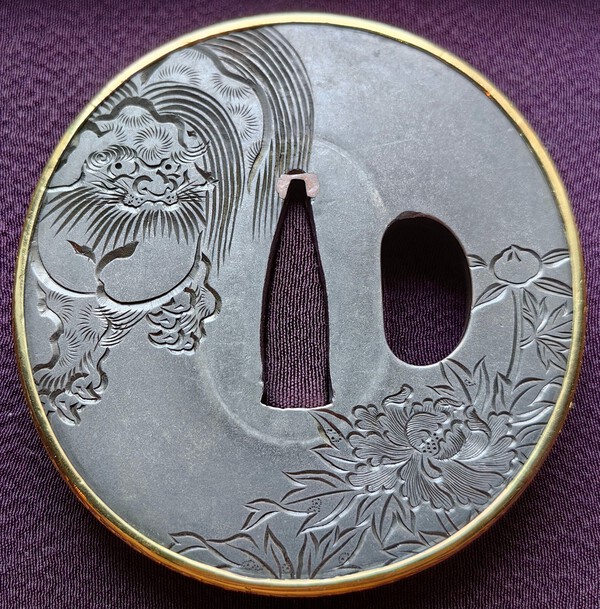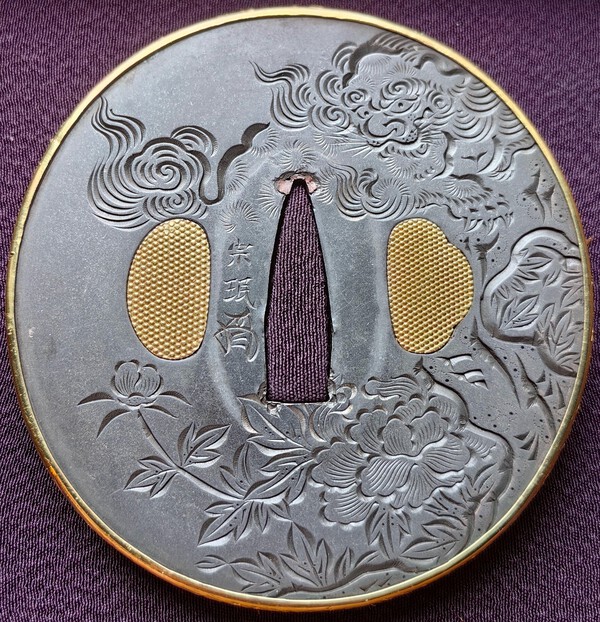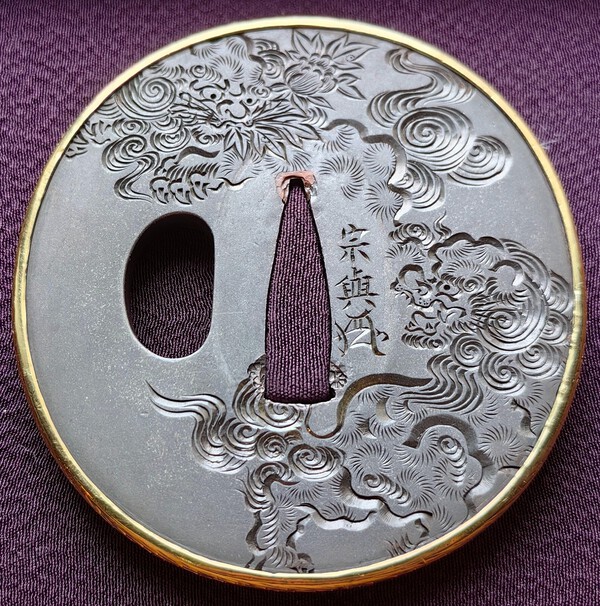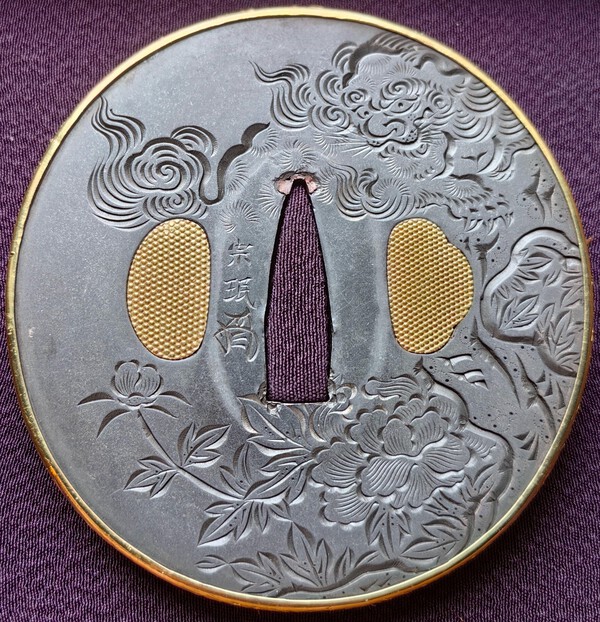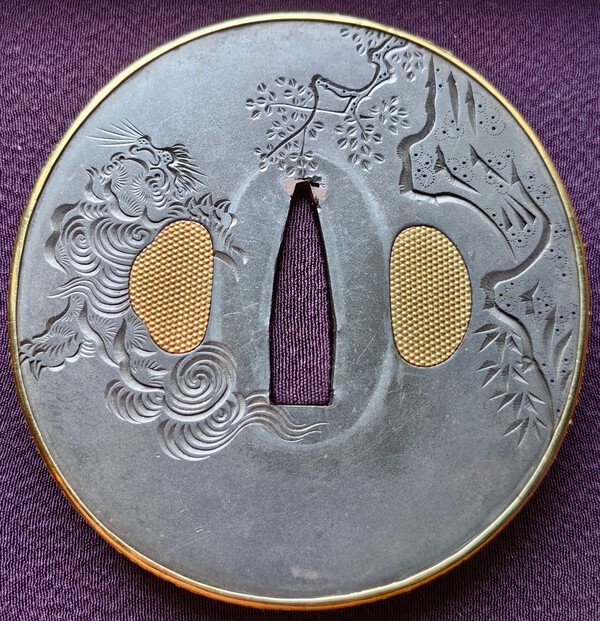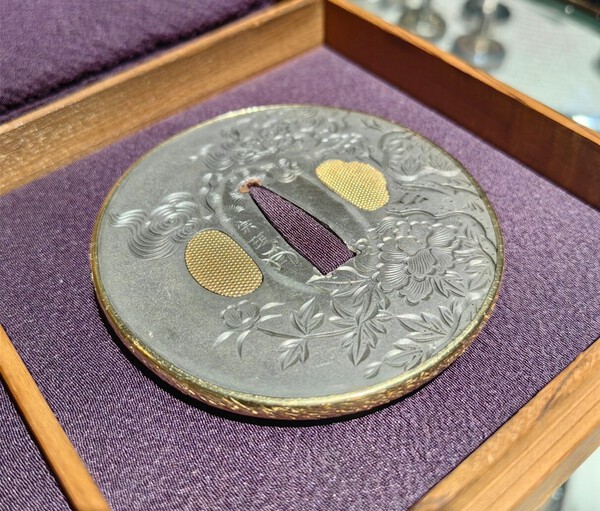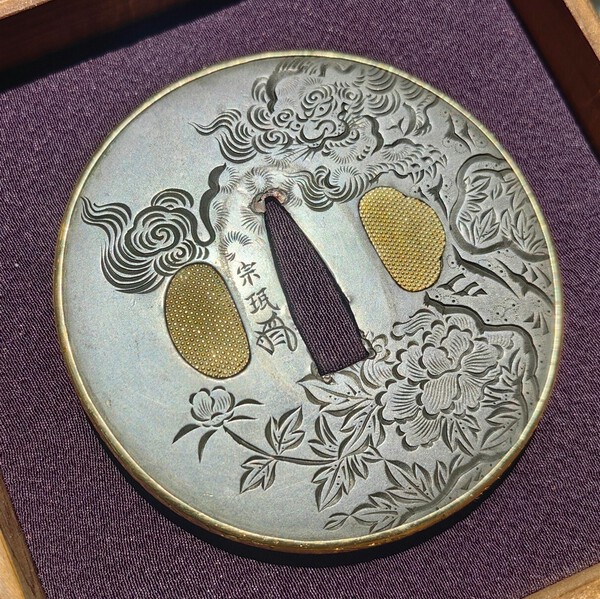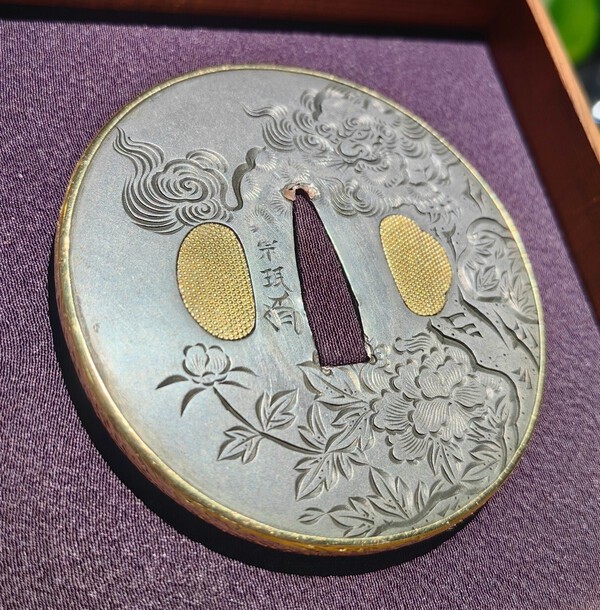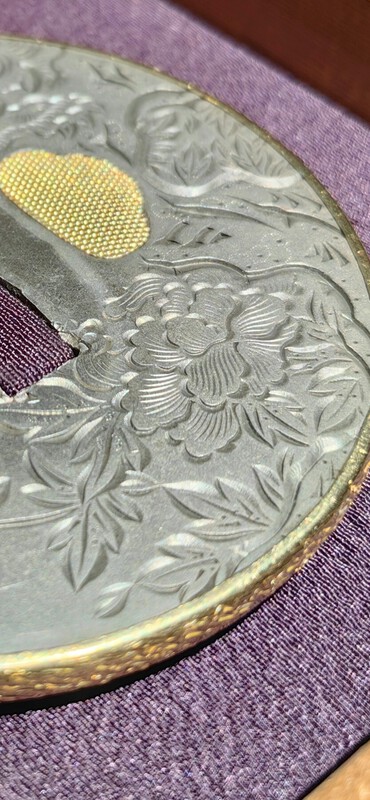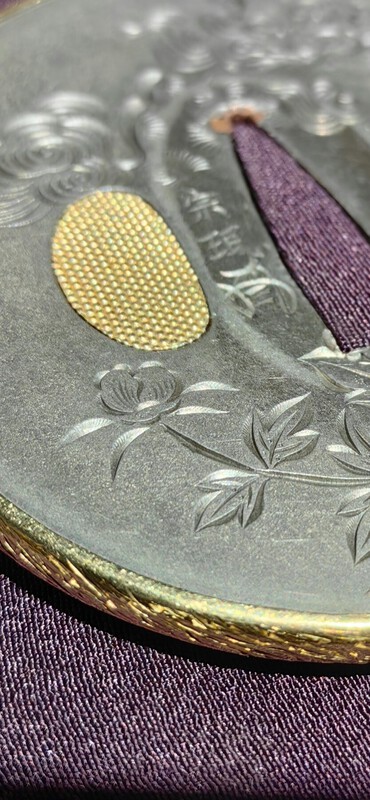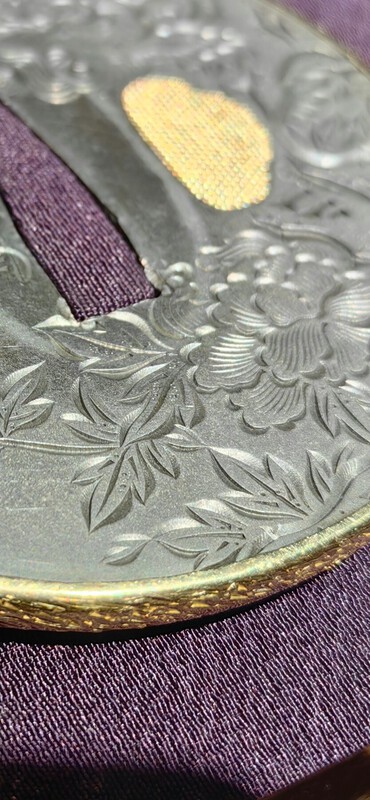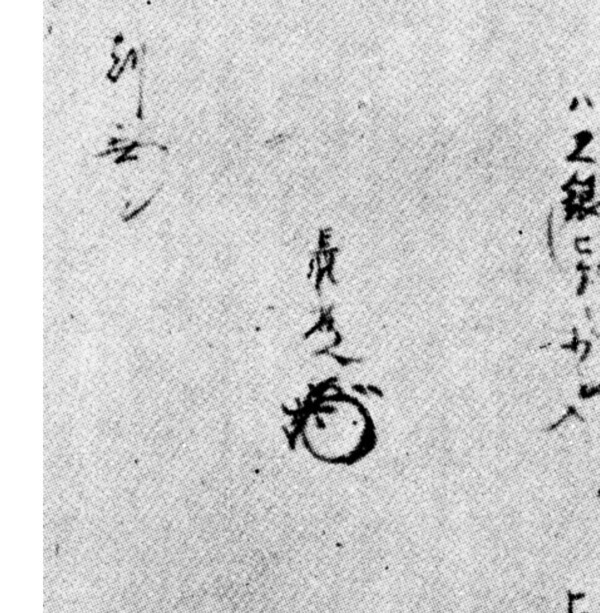
Tlognaws
Members-
Posts
31 -
Joined
-
Last visited
-
Days Won
1
Content Type
Profiles
Forums
Events
Store
Downloads
Gallery
Everything posted by Tlognaws
-
Hi everyone, here are details on one of my recently acquired tsuba. Photos are taken by my 200x microscope. You can see the brown straight line running through the surface is my hair, which is to imagine the scale of extremely tiny strokes and lines of work. It surprise me a lot, that how can a craftsman work in such small space with so much confidence! Can anyone tell me how good is this ? It's would be great if you can share your references on other pieces and discuss more. Thank all!!!!
-
Thank you alot Chris, for your kind words 🙏. I enjoyed quite lot of @Ford Hallam researching documents and understand why he concerned about the patina on pieces very much. It's such a pain if there's any unprofessional treatment on good pieces, it could end up with misunderstanding and insensitivity on intending creation of the maker originally. I'm very appreciate that. One strange thing i noticed on the SOMIN mei one is that there are alot of lines were finished with 2 different cuts, we can see it very clearly. And they were created very carefully and masterly, then shown up very intentionally. I wonder if this is normal or not, since this is the first time i have seen one katakiri bori practicing like that. Is that what Ford mentioned in the comment?
-
-
Luckily i find out in my phone storage an inside lighting photo of the Soyo one to compare. Let's have a look
-
Wow, thank you Ford! Your comment amused me alot, like something makes my day. Very interesting and full of educational information. First of all, it's my bad trying to catch every detail of the strokes on the pieces with daylight outside, using my phone camera, so that i let the sky reflected on surface of the shibuichi, make it turn into a weird bright white color. This can be explained with the clip below, which has just captured another tsuba of mine, very similar shibuichi surface, identical color and texture with the Yokoya daisho set. We can see that with different angle, the shibuichi will turn back to its actual look. ( Sorry I'm in a business trip now, so i don't have the set with me, except this little one i keep along) https://youtu.be/ElI...?si=dp6KyHVvE7lzEIXo
-
Sure, @Ford Hallam it would be great if you could share come educated opinions on the pieces 😃
-
I'm not sure, it is quite standard grey color of shibuichi in hand. Maybe my phone camera enhanced the tone a bit too much so that it looks slightly whiter than normal
-
Thank you for all of your kind words! Actually it's part of a Yokoya Daisho Tsuba set, the other signed Soyo with Kao. I'm more interested in the one signed Somin, since the katakiri bori technique presented on it almost flawless and nearly perfect at every stroke we can observe. Interestingly i realised there's a big difference level of skill between two pieces of the set. Focusing on stroke lines of the botan below on each tsuba is an example.
-
Thank you for your comment! I'm not sure if there is a name for these tiny dots. It seems that they're quite popular in some katakiri bori practicing 👌 Below is a different photos from better daylight and angle!
- 32 replies
-
- 12
-

-

-
Hi all, this is a tsuba i recently acquired, mei is Somin with Kao. No paper with it. The work is very remarkable to me. Katakiri bori technique presented impressively. I would like to share and happy to hear all of your opinions on it. Cheers 🥂!!
- 32 replies
-
- 15
-

-

-
This tsuba could be an reproduction at my first thought, too. However I'm quite impressive with how the maker present his skill on the piece. Below is an focusing on super tiny strokes ( may be hammering) outside fingers of the Oni, to lower the tone of the area, make them more textured and highlight shapes next to them. This is done delicately and completely on purpose.
-
Hi Grey, thanks very much for your opinion. I thought the grainy surface here is quite common traditional Japanese patina finishing on iron, and was proceeded very carefully. I'm not sure about the name of it, but I have seen various of iron tsuba with same looking surfaces. As i observed the process of making iron tsuba, they did engrave the mei before leaving the whole tsuba for rusting, then scrub it with brush, and repeat the task several times to get perfect and even surfaces. The inner line of mei then exposed a little bit grainy. I have a comparison below to another Yanagawa Naoharu iron tsuba from MFA with same surface finishing.
-
Hi Franco, Markus has a great book which is translated from Wakayama Takeshi researching into Nagatsune life ( published 1985). There are several recorded mei that can use to compare to the mei on this tsuba ( although I find them a little bit different to each other) I have attached them below.
-
-
Hello everyone, I have just got this tsuba recently. It's a very good iron tsuba to me, showing very bold design and composition. Also it present confident technique with a beautiful and quite matching mei of Nagatsune. Could anyone tell me your opinion on this? I have seen many of gimei Nagatsune out there, any chance that this could be a gimei too?
-
I uploaded some photo above, please take a look 😃
-
Here are some better photos that i can take. Quite difficult to get my camera phone focus on these tiny little things 😕
-
Yes i think so 😃. Daikoku is depicted riding on rice bags and Ebisu carries a fishing rod and a big fish, and these associated images directly symbolise their roles: promising a good harvest and a plentiful catch of fish.
-
Hello everybody, I have just gotten this pair of menuki from Japan. They appeared quite impressive pieces to me with unnormal material combination on them. Since i'm a new tosogu guy here, it's almost impossible for me to figure out the school/ maker who made these pieces. Could anyone tell me the idea? The below photo is after cleaning but was taken at low light so it got a little auto enhancement effect from my phone camera.
-
Yes, the waves look like they fly out of the surface. Quite impressive when i first keep it in hand. Below is a quick comparison with a best fuchi by Teruhide that i can find. Each has its own unique visual with same motif. The Takase is more slender and sophisticated compares to the more powerful and outstanding Teruhide.

